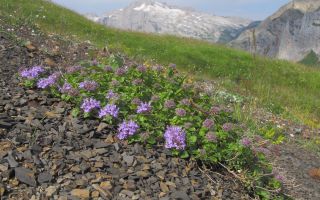Content
Ziziphora is known for its medicinal and decorative properties. It is used as a bactericidal, diuretic, sedative, wound-healing agent. But before you start using infusions, decoctions based on the plant, you need to evaluate all the beneficial properties and contraindications of zizifora. Some people are not allowed to use them.
What does Ziziphora look like and where does it grow?
Zizifora belongs to the Yasnotkovye family. There are several types of this plant. Representatives of the genus can be perennial shrubs or annual grasses. But they all have a thick, woody rhizome.
Stems reach a height of 8-40 cm. They are covered with short hairs along their entire length.
At the end of June, small flowers appear on Ziziphora. They are painted in pink-lilac color and are located in the upper part of the branches, the stem is crowded.
There are representatives of the genus Ziziphora in Europe, the states of Central and Western Asia, the Mediterranean. They grow mainly on rocky, gravelly slopes, meadows, rocky shores.
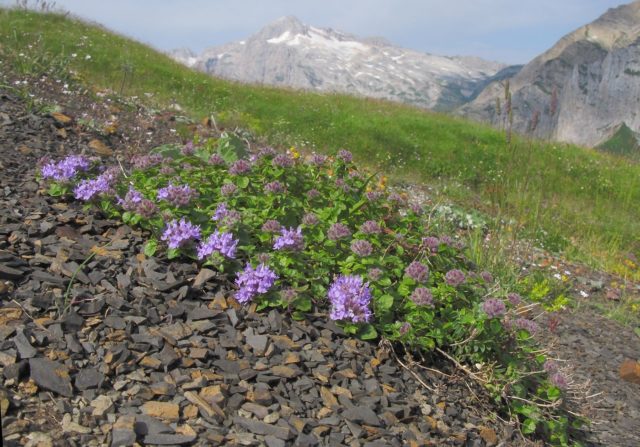
Types of ziziphora
Botanists distinguish about 17 types of ziziphora. The most common are the following:
- odorous;
- wedge-shaped;
- capitate;
- Crimean;
- thin;
- Zizifor Pushkin.
The odorous species is also known as thyme and wedge-shaped ziziphora. The plant stems reach a height of 12-25 cm. This perennial is found mainly in mountainous areas at an altitude of 400 m to 4 km. Inflorescences in the odorous species are spherical. They consist of many small lilac or purple flowers.
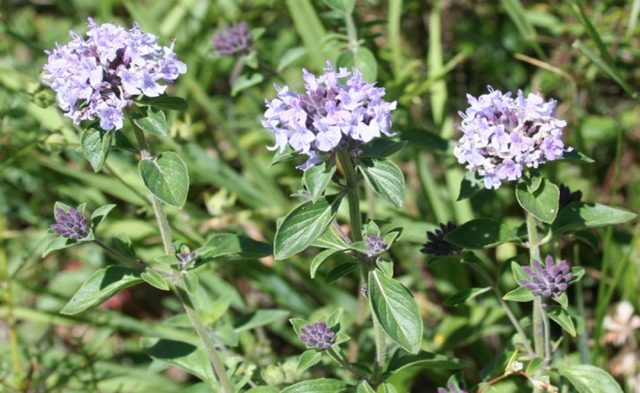
The capitate ziziphora rises above the ground by no more than 20 cm. Its stems are branched, and the flowers are painted in pale lilac or pink. The capitate ziziphora differs from other varieties in its pronounced, pleasant aroma.

Crimean Ziziphora grows from 5 to 30 cm. Numerous branches extend from the central stem. The inflorescences of this plant species are spike-shaped. They are located at the ends of branches and stems.
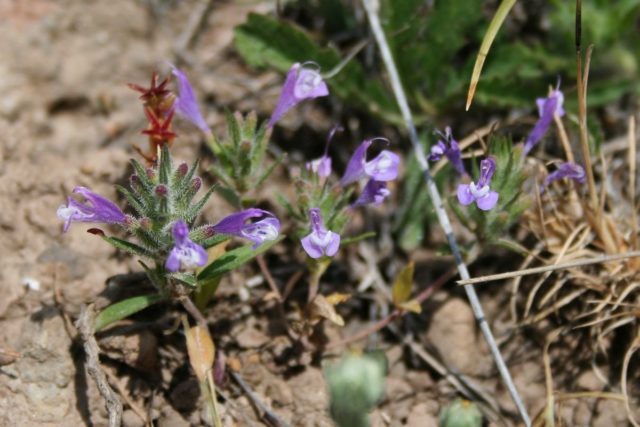
In thin ziziphora, the stem can be simple or branched, it rises to a height of 5-25 cm. Purple flowers are collected in spike-shaped inflorescences. The fruit is a small nut.
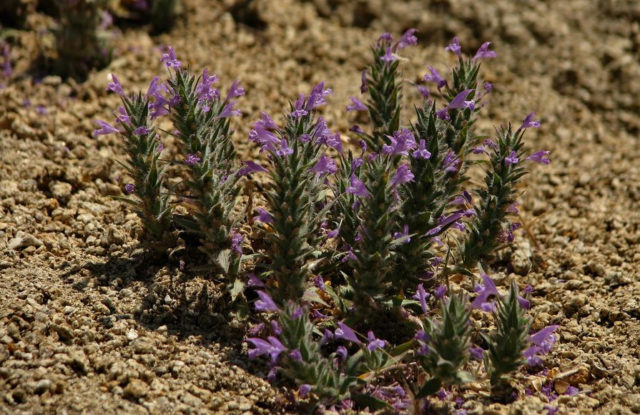
Ziziphora Pushkin has strong, branched stems. They rise in height by no more than 20 cm. It is a creeping plant. Inflorescences are formed at the ends of the branches, the color of the flowers is lilac.

Chemical composition
Depending on the type of ziziphora, the chemical composition may vary. The herbaceous part of plants contains:
- essential oil;
- phytoncides;
- coumarins;
- pullegon;
- menthol;
- α-terpinene.
The roots contain:
- tannins;
- saponins;
- essential oils;
- flavonoids.
The seeds contain a large amount of fatty oils. The chemical composition of the plant has not yet been sufficiently studied. But scientists managed to establish that there are such fatty acids in ziziphora:
- linoleic;
- stearic;
- palmitic;
- oil.
The essential oils contained in the composition are responsible for the characteristic aroma of the plant. Some of them are pain relieving when consumed.
The healing properties of zizifora
The healing properties of ziziphora have been known since ancient times to people who live in Western Siberia, in Kazakhstan. There this plant was used as a hemostatic and anesthetic agent.
But these are not all the medicinal properties of the herb zizifora. In the process of research, it was found that the plant has the following types of effects on the human body:
- astringent;
- sedative;
- decongestant;
- antipyretic;
- anti-sclerotic;
- hypotensive;
- antiviral;
- antiparasitic;
- antibacterial;
- antispasmodic;
- diuretic;
- anti-stroke;
- hemostatic.
Seed oil is equally popular. It has gained fame for its antibacterial and fungicidal properties.
Healers recommend using products made on the basis of ziziphora for the treatment of diseases of the cardiovascular system. They are most effective when problems are associated with high blood pressure.
Reception of funds based on ziziphora has a positive effect on the state of the nervous system, has a beneficial effect on the functioning of the digestive tract. They are also recommended for asthma, bronchitis and other respiratory diseases.
Useful properties of ziziphora for women
Traditional healers advise women to use products prepared on the basis of ziziphora. Under their influence:
- the hormonal background is stabilized;
- the state of the nervous system improves;
- the severity of PMS decreases.
It is advisable to take infusions from the herb when premenopause occurs. Under their action, hot flashes, irritability disappear, general health improves.
Means made from the ground parts of the grass stimulate blood formation, increase the level of hemoglobin. This reduces the risk of developing oxygen starvation of tissues and organs.
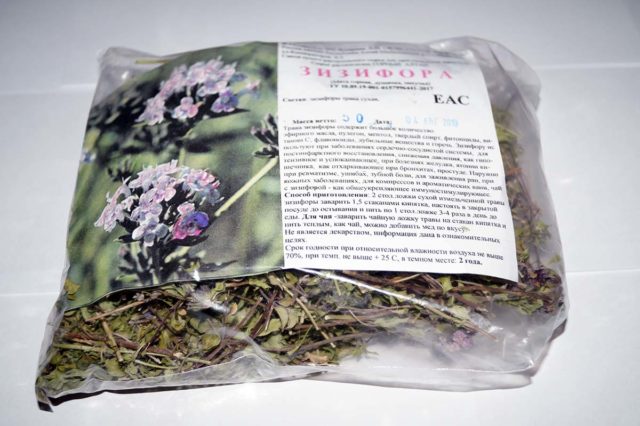
For men
Folk remedies made on the basis of ziziphora are recommended to be taken not only by women, but also by men. They should be drunk to prevent cardiovascular diseases and nervous disorders.
Herbalists advise using the plant to dilate blood vessels. As a result, the patient has improved blood circulation, increased blood flow to the genitals. This has a positive effect on potency. According to traditional healers, it is necessary to take Ziziphora for diseases of the prostate gland. But its effect on the tissues of this organ has not been studied enough.
For children
Due to the inclusion of a large amount of essential oils in the composition of zizifora, it is undesirable to give tinctures and teas from it to children. Doctors advise against using traditional medicine to treat children under 12 years of age. After reaching the specified age, they are allowed to be used only after consulting a doctor.
The limitations are due to the fact that the risk of developing allergic reactions and intolerance in children is much higher than in adults. Although some healers advise giving infusion to babies to increase appetite.
The use of ziziphora in traditional medicine
The herb is used as a monotherapy or is added to various medicinal preparations. Most often it is combined with plants that have an unpleasant odor.It is enhanced by the inclusion of ziziphora, which has a fragrant aroma with mint notes.
For many diseases, it is recommended to use decoctions, water and alcoholic herbal infusions, and make tea from it. The list of indications for their use varies.
Decoctions
A decoction of ziziphora is used as an external remedy for rheumatism, toothache. For cooking, you need 2 tbsp. l. Pour dried raw materials with a glass of water and boil for 15 minutes. The filtered liquid should be used to wipe the joints affected by radiculitis, painful areas. Such a remedy is used to rinse the mouth for toothache.
You can add the cooked broth to the baths. They will have a calming effect.
Healers recommend taking a decoction of the leaves for violations of the gastrointestinal tract: colic, nausea. Make a decoction for drinking from 2 tbsp. l. raw materials and 0.5 liters of water. You need to take it in 1-2 tbsp. l. three times a day.
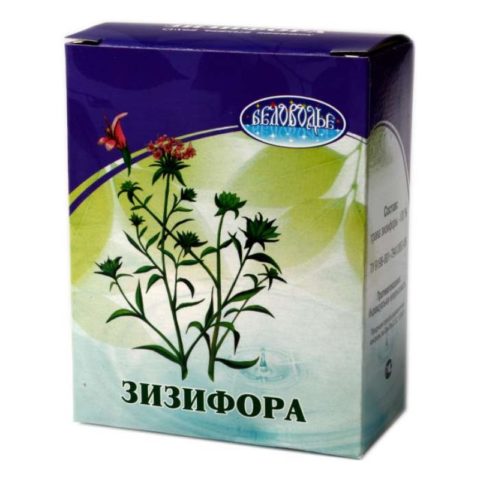
Infusions
The prepared herbal infusions are used as a general tonic, analgesic, immunostimulating agent. They have a positive effect on the work of the heart, blood vessels, digestive organs, have hypotensive and cardiotonic properties. They are recommended for:
- diarrhea;
- colic;
- neurasthenia;
- gastralgia;
- pulmonary tuberculosis;
- bronchitis;
- rheumatic heart disease;
- early menopause;
- digestive problems.
For the preparation of infusion 1 tbsp. l. dried ground parts of the plant should be poured with 250 ml of boiling water. You need to leave it for 1-1.5 hours. The filtered liquid must be taken three times a day, 2 tbsp. l. In many patients, the condition will improve after 3-4 days, but healers advise taking the remedy for a month.
Tinctures
In the course of research, it was found that the active substances of medicinal herbs are released faster upon contact with ethanol. Therefore, there will be more benefits from alcoholic tinctures of zizifora than from water ones. They are advised for patients with hypertension, influenza or other viral respiratory diseases.
For cooking 3 tbsp. l. crushed green parts of the plant are poured with 300 ml of 70% alcohol. The tincture is prepared in a dark place for a week. After that, the liquid should be filtered and start taking 25-30 drops three times a day until the symptoms of colds disappear. With hypertension, healers are advised to drink 20 drops 3 times a day for 3 weeks.
Tea
To prevent cardiovascular diseases, reduce nervous tension, eliminate colic and other disorders of the digestive system, you can drink tea daily. To prepare it, you need ½ tbsp. l. inflorescences of zizifora and a glass of boiling water. You need to drink the prepared drink 30 ml 3-4 times a day.
Tea has a diuretic effect, reduces swelling.
Contraindications
Before you start using the products from the ziziphora plant, you need to make sure that there are no restrictions on their use. Do not recommend the remedy:
- children under 12 years old;
- pregnant women;
- nursing mothers;
- patients who have previously been identified as allergic to plants of the Lamiaceae family.
There should be no complications after taking medicinal drinks in the recommended doses. But if side effects appear, you should consult a doctor.
Collection and preparation of grass
For medicinal purposes, the green parts of the ziziphora are used. They should be collected in the summer, during the flowering period.

Dry the grass outdoors in shaded areas. It is laid out in a thin layer on paper or cloth and stirred periodically.The dried raw materials are crushed and packed in canvas bags, paper, glass jars or plastic containers. You can store it for up to 2 years in a dark, cool place.
Conclusion
The beneficial properties and contraindications of zizifora should be appreciated by people who want to take remedies based on this plant, before starting treatment. Healers advise using them for problems with the heart, blood vessels, gastrointestinal tract, nervous system, hematopoiesis disorders.
Refuse to take should be pregnant and lactating women, children.

